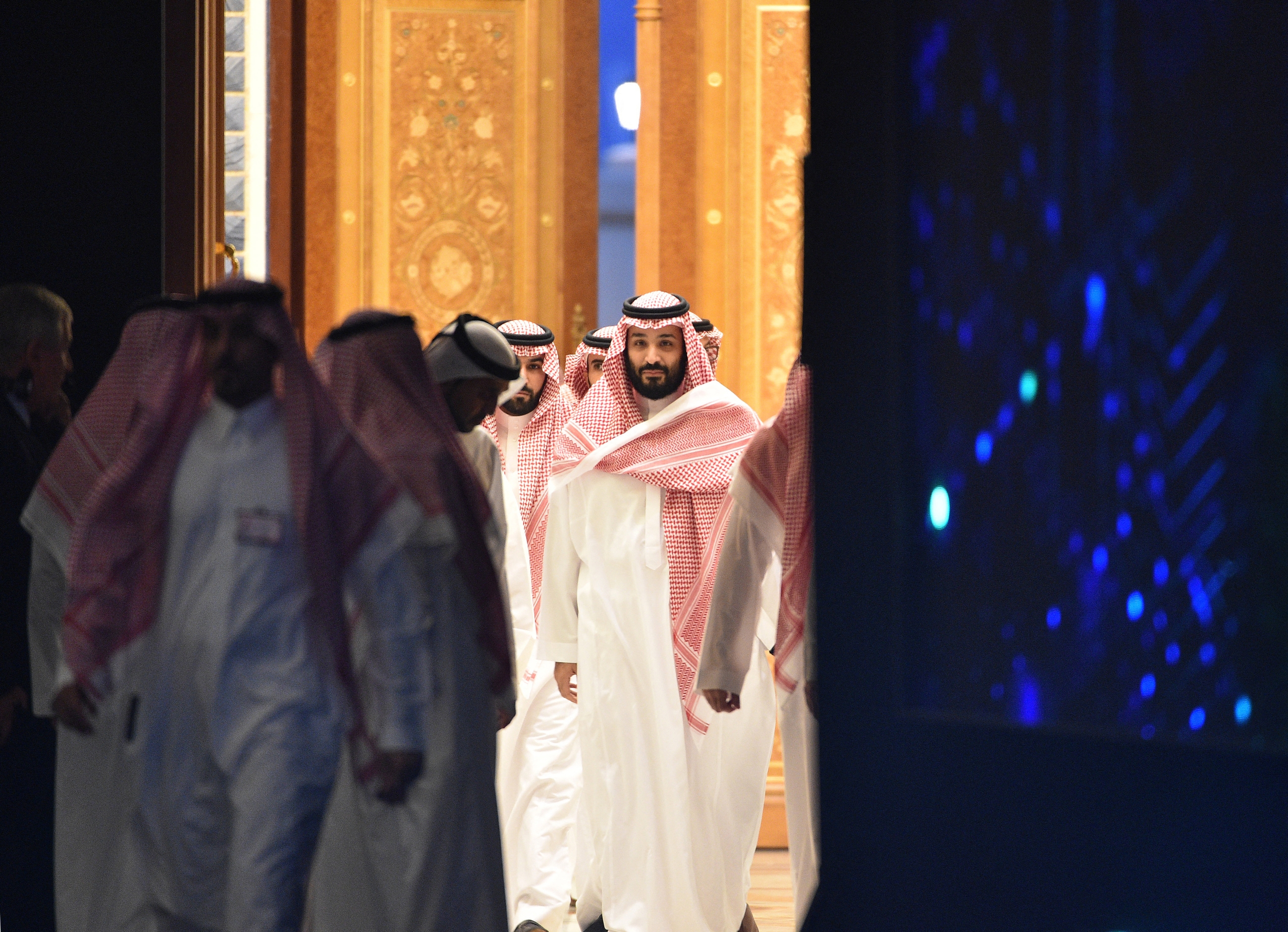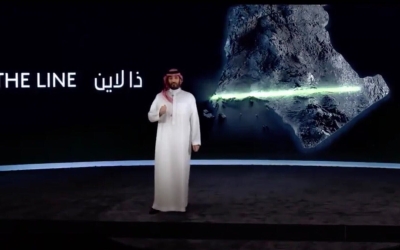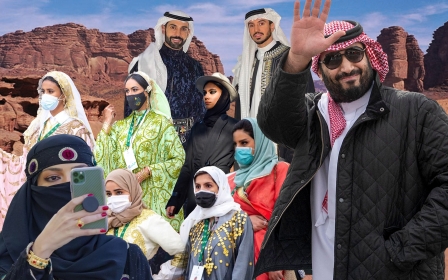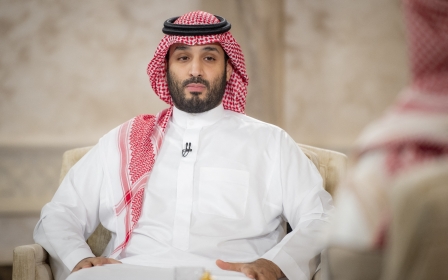Saudi Arabia's MBS allegedly invokes the pharaohs as his Neom dreams grow wilder

The grandiosity and sheer scale of Saudi Arabia’s Neom megacity plans are driving its employees away, according to a new report.
The $500bn project, which Saudi authorities have claimed will be 33 times the size of New York City once complete, has never lacked ambition.
A 2,300-page document first revealed two years ago that the new city would feature flying taxis, fighting robots and animatronic dinosaurs.
Then, in January, Crown Prince Mohammed bin Salman announced that the first major construction of the project would be a 170km city built in a straight line, to be called The Line, with no cars, roads or carbon emissions.
But a new report published by the Wall Street Journal on Saturday has revealed an exodus of Neom’s staff, struggling under the weight of the big ideas.
According to the WSJ, urban planners offered the crown prince simpler plans for a zero-carbon city at a Neom board meeting last December.
“I want to build my pyramids,” the de facto ruler is said to have retorted, urging the planners to think bolder.
Pharaoh comparison
The comments have led to comparisons with the pharaohs of ancient history, as the 35-year-old crown prince looks to make his mark on history.
“He thinks the world is about him. Like he's a God who wants to create a new civilisation,” London-based Saudi activist Alya al-Huwaiti told Middle East Eye. “And like pharaohs, anyone who rejects his vision will die or disappear.”
Huwaiti is a dissident member of the Howeitat tribe, who have lived in Saudi Arabia’s Tabuk province for centuries, but now face expulsion from their homes to make way for the megacity.
“Killing journalists and dissidents, displacing indigenous people, torturing women human rights defenders and enslaving citizens cannot make you build a pyramid in the modern world,” wrote human rights activist Abdullah Alaoudh.
Alaoudh said that the true pyramid was a person with “his dignity, with his justice, with his rights … with his freedom”.
Meanwhile, Khalid Aljabri, the son of former Saudi intelligence operative Saad al-Jabri, said that the crown prince’s vision amounted to “gigantomania”: the creation of abnormally large works which were a feature of totalitarian societies such as the Soviet Union and Nazi Germany.
Some commentators drew comparisons with Ozymandias, an alternate name for Egyptian pharaoh Ramesses II.
The term has now become synonymous with the short-lived rule of megalomaniac tyrants, thanks to a 19th-century poem of the same name by Percy Bysshe Shelley.
Academic Laleh Khalili posted a section of Shelley’s poem, drawing parallels with the Saudi crown prince's grand project in the middle of the desert.
"MBS wanting to build his own version of the pyramids is just testimony to the absurdity of the Neom project,” Ines Osman, director and co-founder of MENA Rights Group, told MEE.
“The pyramids analogy is also quite distasteful considering the thousands of men who died building the pyramids,” she added.
“Surely hundreds of migrant workers will face a similar fate building Neom, in addition to those killed because they protested against forced evictions.”
Last year, construction of the Neom megacity came under fierce criticism after Abdulrahim al-Huwaiti, a Saudi tribal activist, was shot dead for protesting against his eviction in order to build and expand the city.
55 mile-wide skyscraper planned
Elsewhere in the WSJ report, more bizarre details were revealed about the construction project.
It stated that Neom’s engineers had been ordered to blow a half-mile long and 30 stories-high hole into a mountain, to make way for future hotels and residences.
The revelation will surely raise eyebrows for a so-called “eco-city”, and a country attempting to improve its reputation on sustainability.
The report also claimed that 10 palaces were due to be built in Neom, every one bigger than a football pitch, which could cost up to $400m each to purchase.
“The fact that international investors have not rushed to support this project is indicative of its unsustainability: how many people would be willing to spend $400m for a house in the desert?” Osman said.
'Neom is just a dream to put MBS in the history books. Nothing is happening on the ground. He is just trying to impress the West and cover his crimes'
- Alya al-Huwaiti, Saudi activist
The WSJ further alleged that when The Line was launched, organisers had planned to lay powerful lights which could be seen from space, to the point that the crown prince had even hoped to receive a phone call from the International Space Station congratulating him. The plans were later scrapped and scaled back significantly.
In addition, it outlined that Neom was exploring the feasibility of a skyscraper 1,600 metres tall and a whopping 55 miles wide - perhaps making it one of the first skylines to be almost entirely covered by one building.
“The project is a joke. No one believes what [Mohammed bin Salman] says. None of his projects or visions has happened yet,” Huwaiti told MEE.
“When you ask where are the flying cars, he will announce a new project in 10 more years. He always runs away.”
She said that while Saudi Arabia was struggling with its infrastructure, particularly as a result of recent floods, money was being wasted on the Neom project.
“Neom is just a dream to put MBS in the history books. Nothing is happening on the ground,” Huwaiti says. “He is just trying to impress the West and cover his crimes.”
The dissident activist said that it was no surprise that the project's staff were leaving, now that they had to attempt to implement the crown prince's “fantasy”.
Middle East Eye delivers independent and unrivalled coverage and analysis of the Middle East, North Africa and beyond. To learn more about republishing this content and the associated fees, please fill out this form. More about MEE can be found here.





